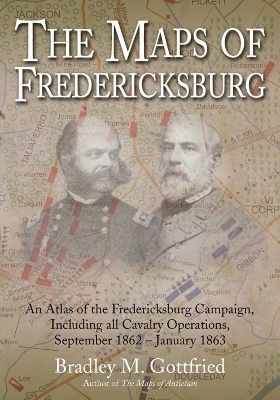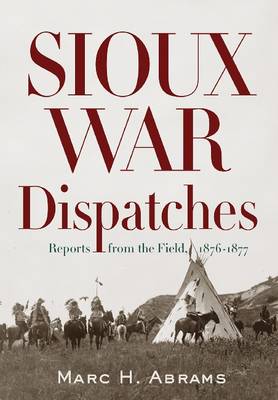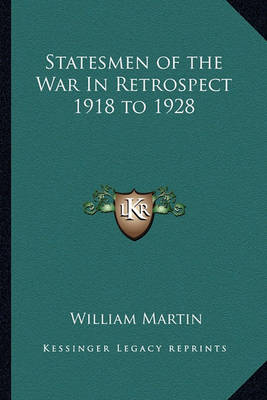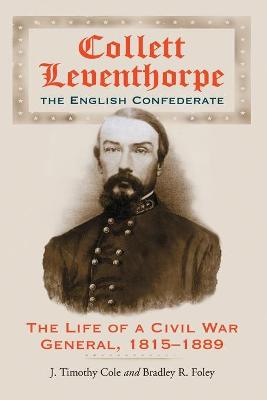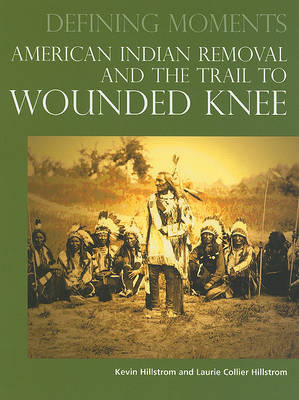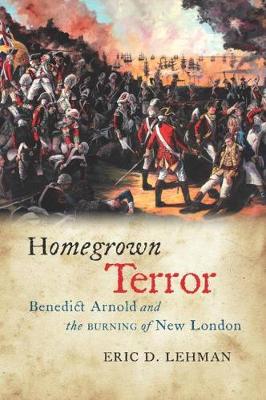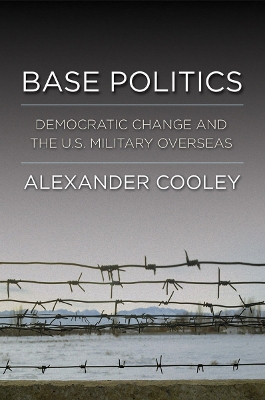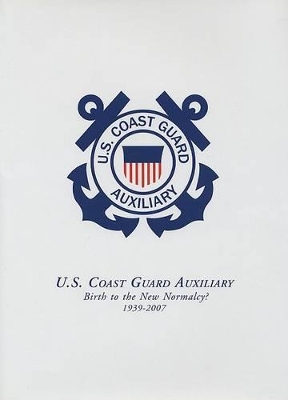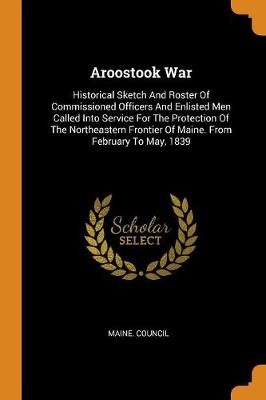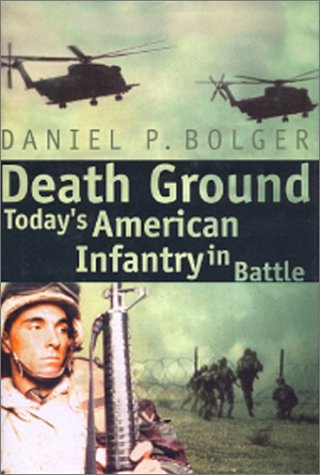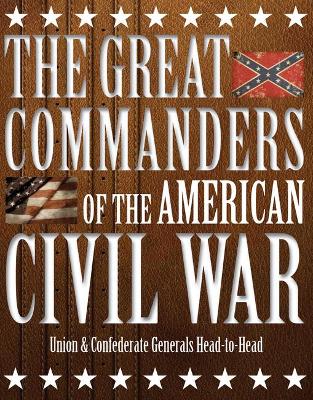The Maps of Fredericksburg: An Atlas of the Fredericksburg Campaign, Including all Cavalry Operations, September 18, 1862 - January 22, 1863 continues Bradley M. Gottfried’s efforts to study and illustrate the major campaigns of the Civil War’s Eastern Theater. This is his sixth book in the ongoing Savas Beatie Military Atlas Series. After Robert E. Lee’s Army of Northern Virginia was forced out of Maryland in September 1862, President Abraham Lincoln grew frustrated by Maj. Gen. George McClel...
United States Nuclear Submarines (Firepower Pictorials S., #1008)
by Arnold Meisner
Orderly Book of the Three Battalions of Loyalists, Commanded by Brigadier-General Oliver de Lancey, 1776-1778
by William Kelby
The journal of Peveril Meigs and Richard Worsam Meade of their voyage to Alaska on the Saginaw.
The Quest for Cryptologic Centralization and the Establishment of NSA
by Thomas L. Burns and Center for Cryptologic History
Britain and America Go to War
Nine leading historians of the new military history offer a fresh look at a critical period in the history of the Atlantic world. They examine the three major North American conflicts that disrupted the British Empire between 1754 and 1815: the Seven Years' War, the American Revolution, and the War of 1812. By framing their analysis within a British perspective, several of these essays restore the British dimension to our understanding of these wars. Taken together, these wars helped to define t...
"No one commands better the story of the Great Sioux War of 1876-1877 as presented in the nation's newspapers than does Marc Abrams. Here is Abrams's story of America's greatest Indian war woven from those timely reports, augmented with insightful introductions and annotations. Abrams has produced a significant addition to the historiography of this endlessly fascinating struggle and its colorful personalities." --Paul L. Hedren, author of After Custer: Loss and Transformation in Sioux Country...
Special Forces soldiers are brave, seasoned soldiers from America's heartland, selected in a tough competition and trained in an extraordinary range of skills. They know the language, culture and rules of unconventional warfare better than anyone, including the CIA. They prefer to stay out of the limelight, but author Linda Robinson has found a way inside their special brotherhood and gained their trust. In Masters of Chaos, she tells their story through the experiences of a select group of co...
By October, 1944, the U.S. Navy submarine Tang was legendary-she had sunk more enemy ships, rescued more downed airmen, and pulled off more daring surface attacks than any other Allied submarine in the Pacific. And then, on her fifth patrol, tragedy struck-the Tang was hit by one of her own faulty torpedoes. The survivors of the explosion struggled to stay alive in their submerged "iron coffin" one hundred-eighty feet beneath the surface. While the Japanese dropped deadly depth charges, just nin...
Collett Leventhorpe, the English Confederate
by J. Timothy Cole and Bradley R Foley
This is the story of Collett Leventhorpe (1815-1889), an Englishman and former captain in the 14th Regiment of Foot. Leventhorpe came to North Carolina about 1843, settled there, and later served the Confederacy as a colonel in the 34th and 11th N.C. and Brigadier General commanding the Home Guard in eastern North Carolina. Though he trained as a physician at the College of Charleston in the late 1840s, he never practiced and was a restless man, endlessly in search of fortune - before the War in...
American Indian Removal and the Trail to Wounded Knee (Defining Moments) (Defining Moments (Omnigraphics))
by Kevin Hillstrom and Laurie C Hillstrom
"Analyzes the development of Indian removal policies and the tragedy at Wounded Knee, the 1890 massacre of American Indians by U.S. Cavalry troops. Examines the wider context of Indian-white relations in America. Features include a narrative overview, biographies, primary sources, chronology, glossary, bibliography, and index"--Provided by publisher.
Homegrown Terror (The Driftless Connecticut Series & Garnet Books)
by Eric D. Lehman
On September 6, 1781, Connecticut native Benedict Arnold and a force of 1,600 British soldiers and loyalists took Fort Griswold and burnt New London to the ground. The brutality of the invasion galvanized the new nation, and "Remember New London!" would become a rallying cry for troops under General Lafayette. In Homegrown Terror, Eric D. Lehman chronicles the events leading up to the attack and highlights this key transformation in Arnold-the point where he went from betraying his comrades to m...
According to the Department of Defense's 2004 Base Structure Report, the United States officially maintains 860 overseas military installations and another 115 on noncontinental U.S. territories. Over the last fifteen years the Department of Defense has been moving from a few large-footprint bases to smaller and much more numerous bases across the globe. This so-called lily-pad strategy, designed to allow high-speed reactions to military emergencies anywhere in the world, has provoked significan...
Conference Proceedings (Conference proceedings, Vol 419)
Allies at Dieppe: 4 Commando and the Us Rangers
by Department F Spanish Will Fowler
With some of the most technologically advanced equipment available the US infantryman is better equipped than most. Troops still have to engage the enemy close up and in Death Ground, Daniel P. Bolger examines 7 recent conflicts.'
Who were the greatest commanders of the American Civil War, and what made them so? In The Great Commanders of the American Civil War, the best military leaders of both sides are pitted against each other and their strengths and weaknesses examined – Robert E. Lee versus George Meade at Gettysburg, Ulysses S. Grant versus Albert Sidney Johnston at Shiloh, William Tecumseh Sherman versus John Bell Hood in the March to the Sea, along with eight other pairs. The book also explores a decisive battle...
Operation Homecoming: Iraq, Afghanistan, and the Home Front, in the Words of U.S. Troops and Their Families
